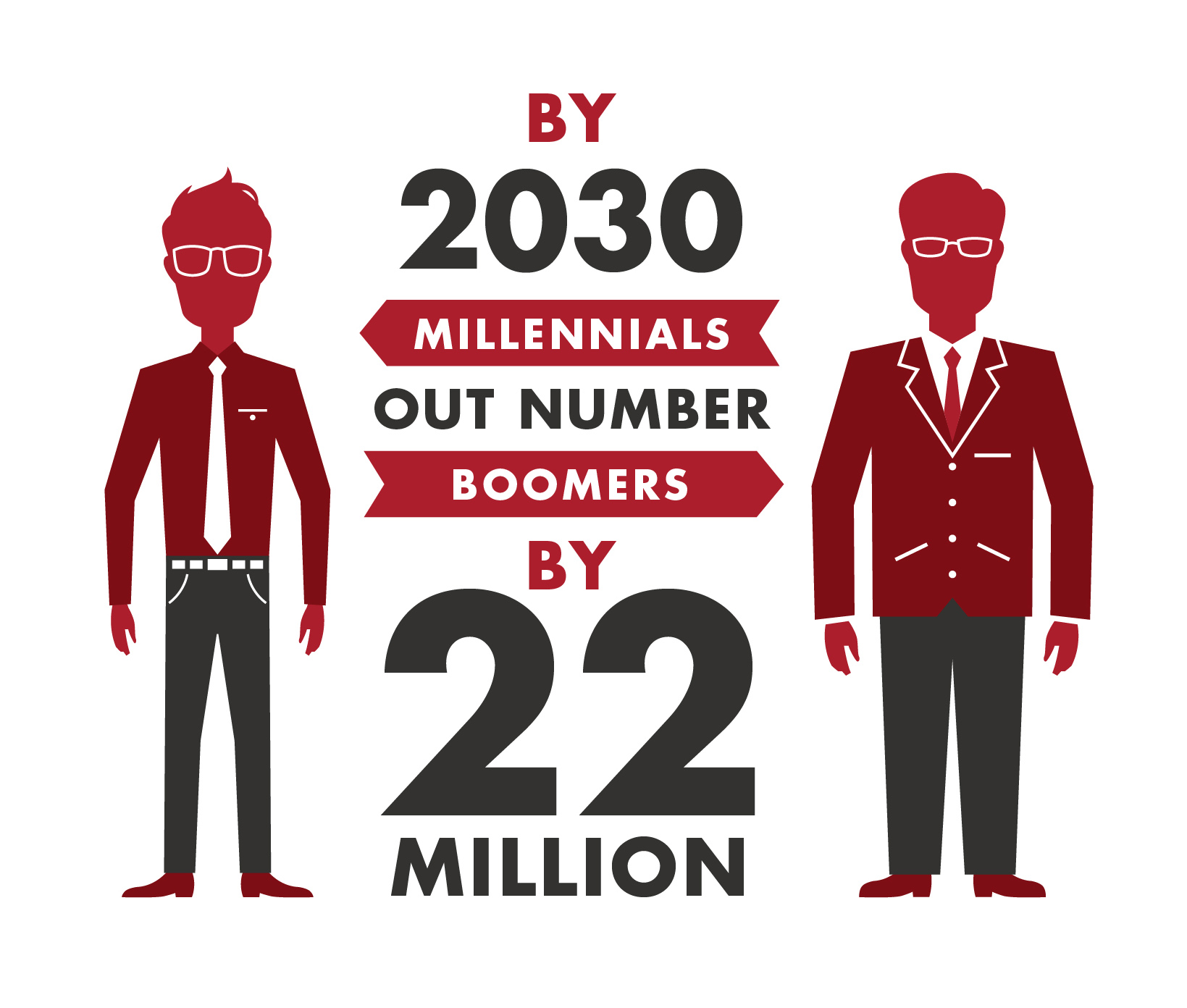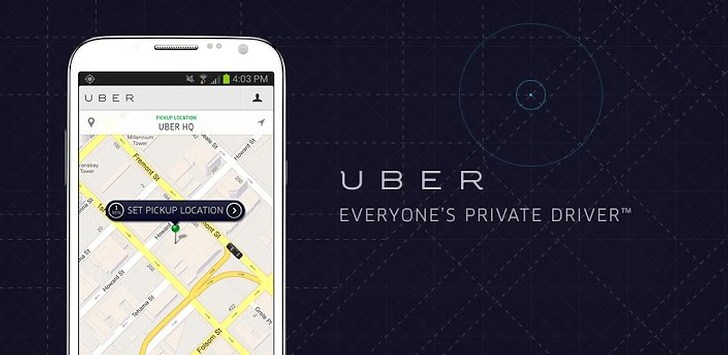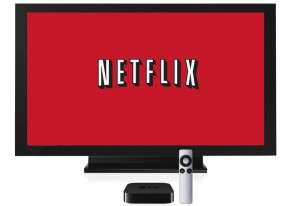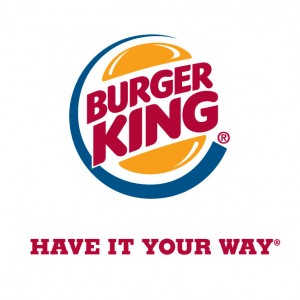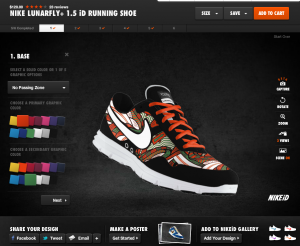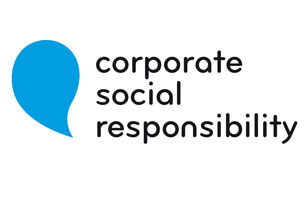 The question is, if the United Nations was fully funded, why do we need the arc and social enterprise?
The question is, if the United Nations was fully funded, why do we need the arc and social enterprise?
Though the United Nations has their own development programme to tackle development problems such as poverty and equality, the world still needs more social entrepreneurs. The skills that are found in social entrepreneurs are different than those of the UN. For example, the UN is a huge organisation that has access to capital, whereas social entrepreneurs are individuals who build themselves through limited capital and resources. These individuals will then have to make measurable returns by allocating their resources efficiently.
These ideas of the arc and social enterprise are opening major pathways to youths across the globe. Anyone can become social entrepreneurs if they have the vision of making social change through innovating, sharing and limited funding. Countries need to cultivate hopeful, ambitious children and young adults because they are at an age where dreaming is central to their life. Hence, anything is still possible in their minds. Ask young adults how they would like to change the world, and we get hopeful, daring answers. Ask people over the age of 20 how they would like to change the world, and we get limited, doubtful answers.
Thus, the world needs more social entrepreneurs. It gives hope to people at an early age and it advocates that limited capital and resources are not problems that should hinder one’s ability to make a difference.

